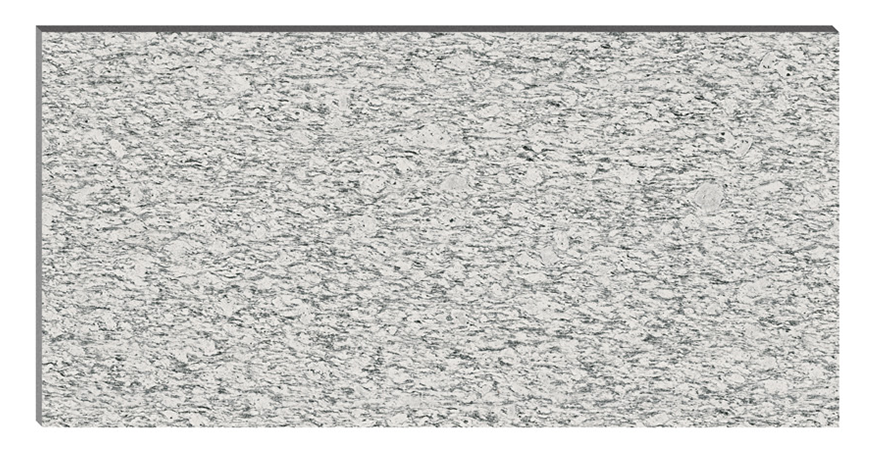|
In the field of architectural decoration, tiles have become an increasingly popular choice for interior and exterior wall decoration materials. They meet the needs of different scenarios with their diverse characteristics.
  
I. Interior Wall Tiles
1.Aesthetics and Style Adaptation
For living room walls, people pursue a fashionable, elegant, and cozy atmosphere. Large-sized matte solid-color tiles, such as soft off-white and light gray tones, can create a simple and modern style, matching well with minimalist furniture. And tiles with delicate textures, like those imitating the texture of silk, can add a touch of refinement and luxury to the space.
As a private space for rest and relaxation, the bedroom pays more attention to a warm feeling when choosing tiles. Warm-toned wood-grain tiles have the gentle texture of wood without worrying about moisture deformation, giving a quiet and comfortable feeling. Some tiles with shallow relief patterns, such as simple flower or cloud patterns, can enhance the artistic atmosphere of the bedroom without being obtrusive.
Kitchen wall tiles primarily focus on oil stain resistance and easy cleaning. Smooth, glossy tiles are a common choice, as splashed oil can be wiped off easily. In terms of color, classic white, light blue and other fresh colors keep the kitchen clean and bright at all times. At the same time, to add interest, tiles with geometric patterns such as squares and stripes can be selected to make the kitchen less monotonous.
Bathroom tiles need to balance waterproofing, slip resistance and aesthetics. Matte non-slip tiles ensure safety in the shower area, preventing slipping accidents. Wall tiles can choose a color scheme that coordinates with the floor or use a gradient color scheme to create a sense of hierarchy, such as the transition from light blue to dark blue, as if introducing ocean elements indoors and adding a dynamic beauty.
2.Environmental Protection and Health Considerations
Since people stay in indoor spaces for a long time, the environmental protection of tiles is crucial. High-quality interior wall tiles strictly control the release of harmful substances during the production process, ensuring that the content of volatile organic compounds such as formaldehyde and benzene is extremely low, so as not to pollute the indoor air quality and protect the health of family members.
II. Exterior Wall Tiles
1.Climate Adaptability
In the south, where it is hot and rainy all year round, exterior wall tiles must withstand the scouring of rain and the exposure to the hot sun. Porcelain exterior wall tiles, due to their low water absorption rate, can effectively prevent rainwater from penetrating, avoiding wall dampness, mildew, hollowing and peeling. Moreover, their excellent high-temperature resistance ensures that they will not fade or deform even on extremely hot summer days, always keeping the building's exterior bright and new.
In the northern regions, where it is cold and snowy in winter, frost resistance becomes a key indicator for exterior wall tiles. Categories such as full-body tiles and vitrified tiles have a dense and stable internal structure and have passed multiple freeze-thaw cycle tests, enabling them to remain intact in a low-temperature environment and ensuring the firmness of the exterior wall throughout the long, cold winter.
2.Architectural Style Matching
European-style buildings often use tiles with retro elements such as carved flowers and scroll patterns to create a strong exotic atmosphere, as if bringing the charm of ancient castles to modern residences. The colors of these tiles are mostly classic warm tones such as beige and brown, showing luxury and solemnity.
Modern minimalist-style buildings prefer simple solid-color or geometric line tiles. Black, white and gray are the main colors, and rhythmic patterns are formed through the changes in the thickness and density of the lines, showing a neat and fashionable feeling and matching harmoniously with modern building materials such as glass and steel structures.
Chinese-style buildings are suitable for tiles incorporating traditional Chinese elements, such as blue and white porcelain patterns and ink-wash landscape painting patterns. The elegant colors and poetic patterns vividly display the Chinese artistic conception, making the building exude.
Whether it is an indoor or outdoor wall, choosing the appropriate tiles can greatly enhance the appearance and quality of the building. When making a selection, comprehensively considering factors such as aesthetics, function, climate, and style can enable the tiles to perfectly play their dual roles of decorating and protecting the wall, creating an ideal living and living space.
|